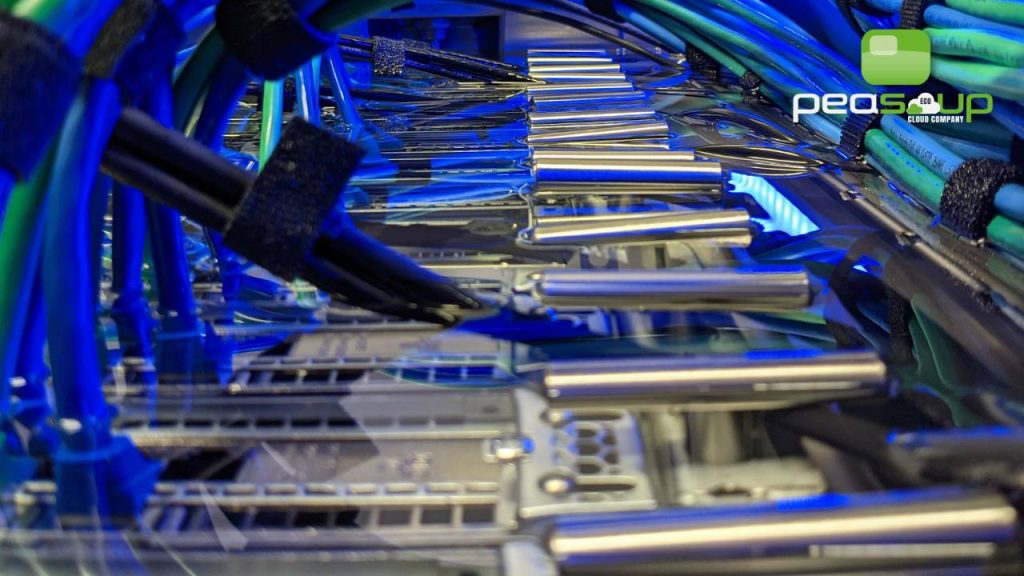Effectiveness of single-phase liquid immersion cooling in data centres
With the cost of data centre cooling increasing drastically, operators are looking for ways to manage the demands while reducing energy requirements without compromising the capability of meeting customer needs. The liquid immersion technique has emerged as one of the techniques that are helping data centres achieve their efficiency and effectiveness. Liquid immersion cooling is a technique used to cool electronic components in a data centre by immersing them in a non-conductive liquid. The technique has gained popularity in recent years as a potential solution to the problem of increasing heat densities in data centres. Increased heat densities are due to high workload as the digital transformation processes take height.
With a liquid immersion cooling system, electronic components such as CPUs, GPUs, and memory, among others, are submerged in a non-conductive liquid such as mineral oil or a synthetic coolant. The liquid absorbs the heat generated by the components and carries it away, allowing for more efficient cooling compared to traditional air-cooled systems. Generally, there are two types of liquid immersion cooling systems: single-phase and two-phase. In a single-phase system, the liquid remains in a liquid state, and the heat is removed through convection. In a two-phase system, the liquid is allowed to boil and turn into a vapour, which carries the heat away through a heat exchanger. While both single-phase and two-phase systems have their advantages and disadvantages, single-phase systems are generally more effective for data centre cooling. This is because they are simpler to design and maintain and can achieve similar cooling performance to two-phase systems at a lower cost.
Other advantages of single-phase liquid immersion cooling include the following:
Improved cooling efficiency is gained through direct immersion of IT equipment in a fluid, where the single-phase system aids in removing the heat from the equipment more efficiently than air-based cooling systems. This leads to lower overall cooling costs and improved energy efficiency.
Single-phase system significantly reduces the space requirements for cooling systems in data centres since the fluid can be contained in smaller and more flexible tanks than air-based systems. This means that new data centres will have relatively few capital requirements, while those shifting to more effective systems will save some physical space. Single phase system also allows for higher-density deployments of IT equipment since the fluid can remove heat more efficiently than air-based systems. This can enable data centres to use space more effectively and increase computing capacity.
Some potential challenges associated with the single-phase systems include the initial set-up costs, where significant upfront investment is required, the regular fluid replacement and monitoring of the system, and compatibility with the existing IT equipment. However, these challenges can be easily borne given that the benefits derived from the single-phase system include cost savings and increasing the longevity of the IT equipment.
Overall, liquid immersion cooling is a promising technology for data centre cooling. Single-phase liquid immersion cooling is considered the most effective cooling technique for electronics because it provides better heat transfer, improved reliability, reduced airflow, and a more compact design. Data centre operators looking to reduce operating costs and environmental footprint should adopt single-phase liquid immersion cooling in the facilities.

